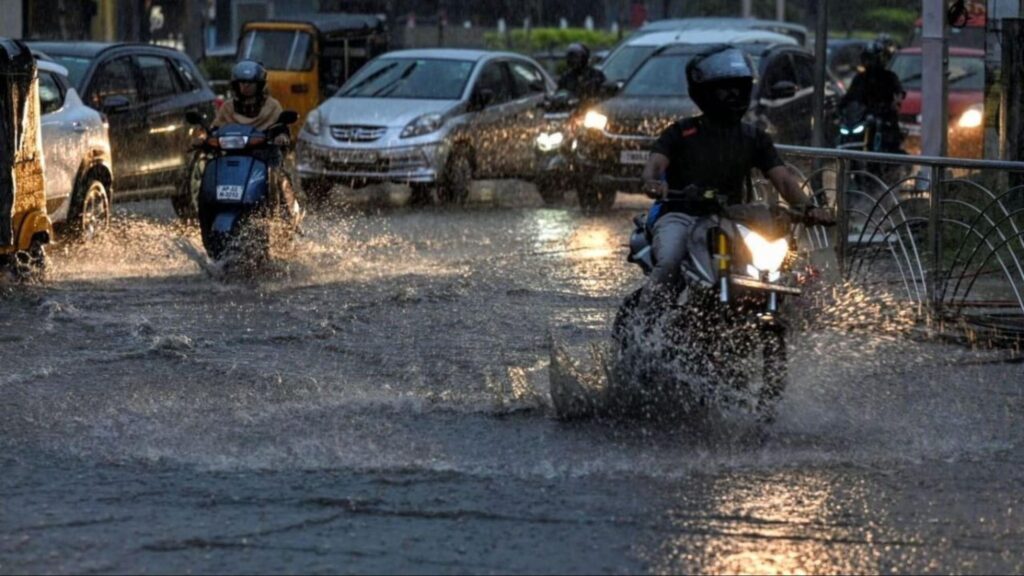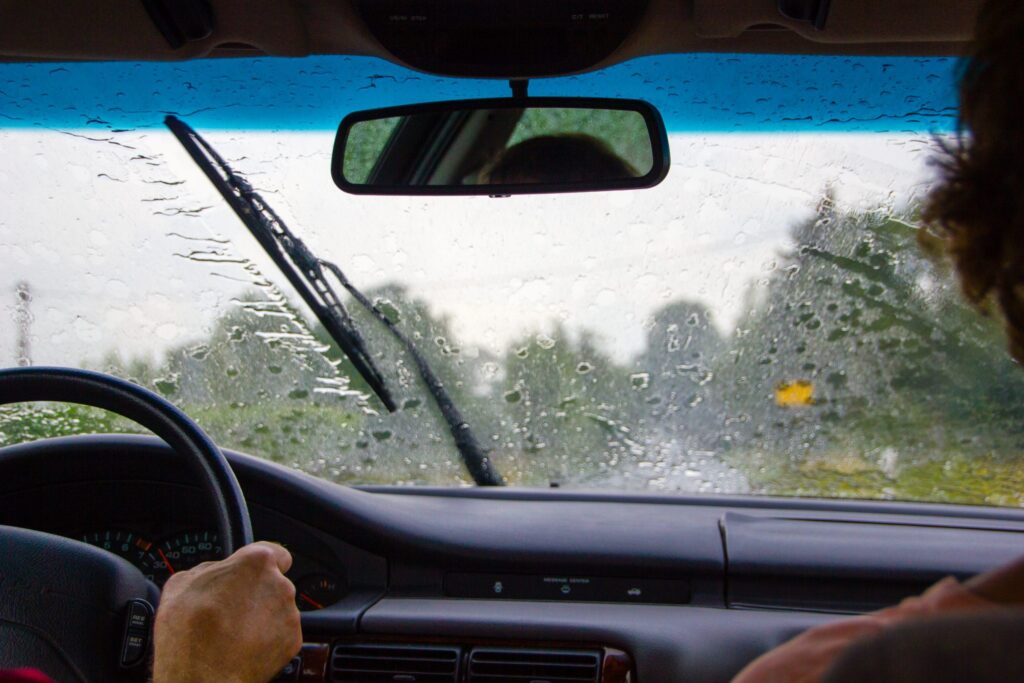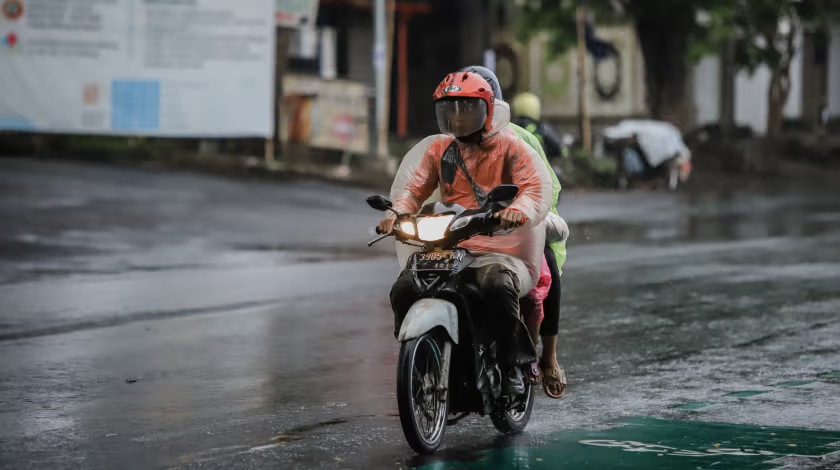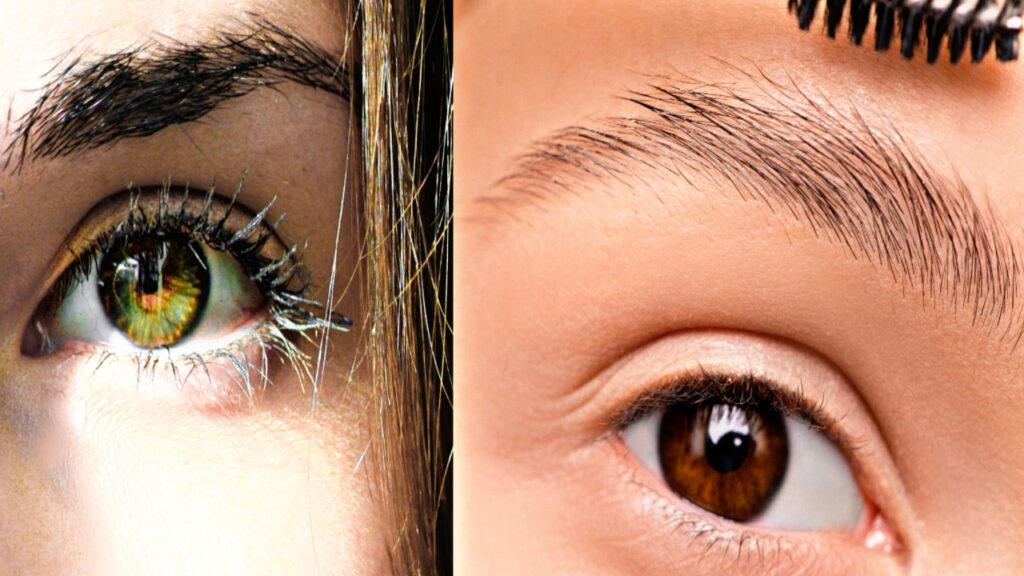The monsoon season relieves the intense heat. However, the slick road makes driving extremely difficult.
Driving in the rain is dangerous.
After rain, the collected dust and grime on the roads becomes a slick layer. The chance of a vehicle skidding increases significantly under such circumstances. Wet roads may necessitate a greater stopping distance than usual. During this period, abrupt braking may be hazardous.
Visibility is very poor when it is raining a lot. Additionally, because of waterlogging, potholes on highways are invisible. This may cause the car to lose its equilibrium or become stranded in water.

Things to watch out for when driving during the monsoon
Make sure to inspect specific areas of your car before traveling during the monsoon season for both your safety and the safety of other drivers. For example:
Tires
Good tire grip is necessary for safe driving on slick roads in the rain. The tire tread needs to be at least 3 mm for this. The chance of skidding is increased by worn tires. Additionally, always check tire pressure before driving.
The Brake System
On slick roads, a vehicle’s braking power decreases. In these circumstances, the likelihood of an accident increases significantly if the vehicle’s brake system is already malfunctioning. Thus, before the monsoon, make sure that the brake pads, discs, and brake oil are in good condition.
Indicators, Headlights, and Taillights
Being visible to others and being able to see others, even in limited visibility, are crucial for reducing the chance of accidents. Before it starts to rain, make sure you check the headlights, taillights, and indicators.
AC system and windshield defroster
When fog builds up on an automobile’s windshield, visibility is diminished. Thus, before the monsoon, make sure the air conditioner and defroster are operating at maximum capacity.

Wipers
When it’s raining hard, visibility drops. You should have good, quick wipers to keep it in good condition. Replace outdated or worn wipers right away.
- Avoid these mistakes when driving in the monsoon season.
It is more difficult to drive during the monsoon than on other days. As a result, some errors should never be made. For example:
- Driving at a High Speed
It can be very risky to drive at high speeds on wet roads. During rain, tire grip reduces, which can cause the vehicle to skid or lose control when braking suddenly. As a result, always drive more slowly in the rain and keep a safe distance from the car in front of you.
- Unexpected Turning or Braking
The car may skid if you brake suddenly or make abrupt steering turns, particularly if there is water on the road. As a result, drop speed cautiously at corners and use the brakes gradually.
- Getting Over Wet Roads
Never try to cross flooded roadways while driving in the rain if you don’t know how deep the water is. You risk losing control, the car stalling, or water getting into the engine when you’re in deep water. In such cases, take a different route if at all possible.
- Absence of Headlight Use
It is crucial to use headlights when there is poor visibility, particularly when there is a lot of rain or fog. It guarantees that other drivers can see you in addition to helping you see the road. Use your fog lights as well, if you have some.
- Hastening to Pass
It might be exceedingly dangerous to overtake in the rain. Making the correct choices in reduced visibility and on wet roads can be challenging. As a result, keep a safe distance from other cars and avoid rushing to pass.
- Using a mobile device
It’s never safe to use a cell phone while operating a motor vehicle. However, it becomes extremely riskier during the monsoon season. Thus, refrain from using a phone while operating a motor vehicle and maintain full focus on the road. Never forget that accidents occur when prudence is lacking.
- Steps to consider when crossing the street
- Extra care should be taken when walking on the road in the rain. For example:
- To protect yourself from the rain, use a raincoat or umbrella.
- When you go out, dress in bright or dark colors.
- Put on footwear that can withstand water and slippage.
- Instead of a black umbrella that can be seen from a great distance, pick one that is brightly colored.
- If there is standing water on the walkway, proceed cautiously and at a slow pace.





